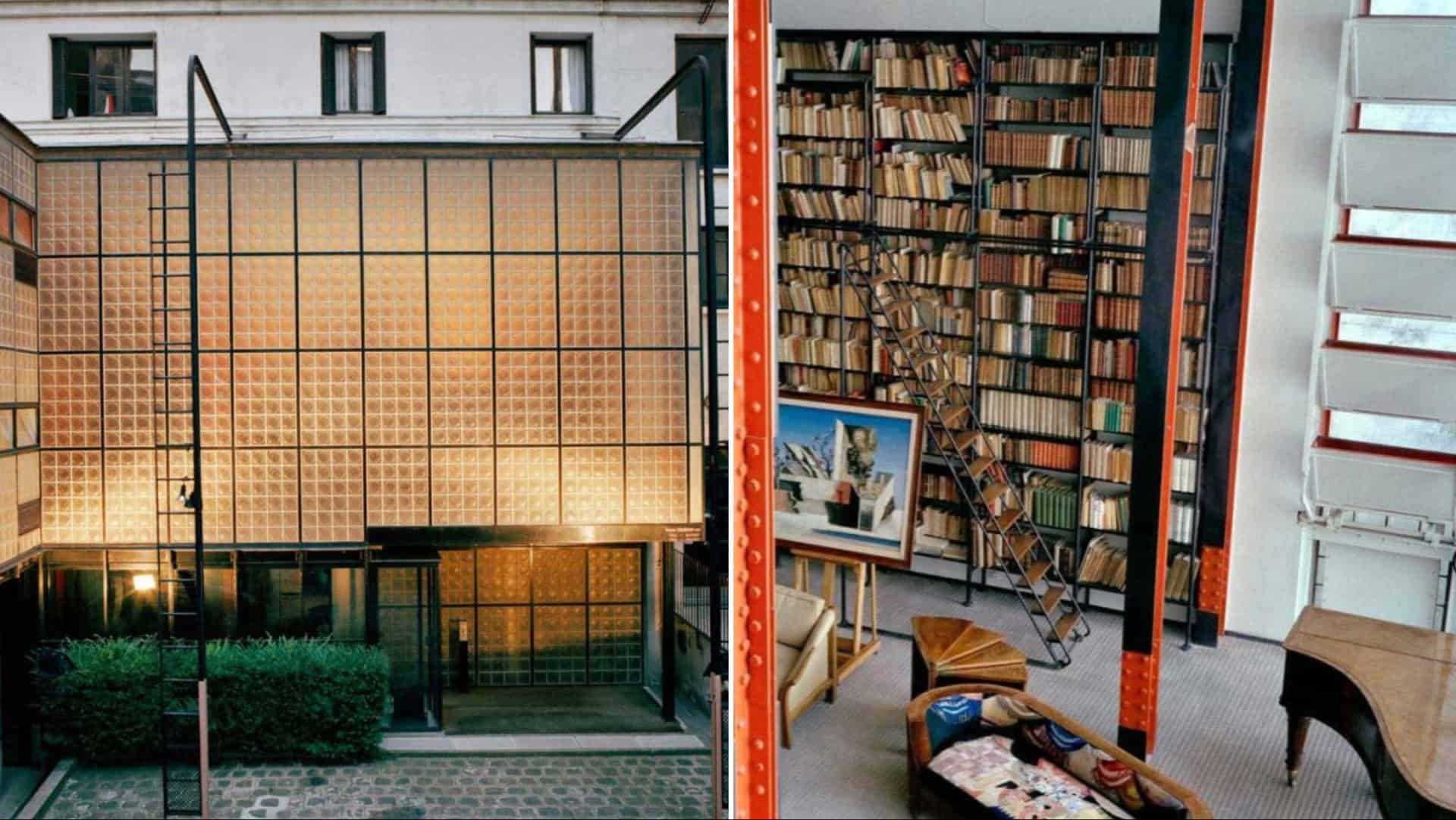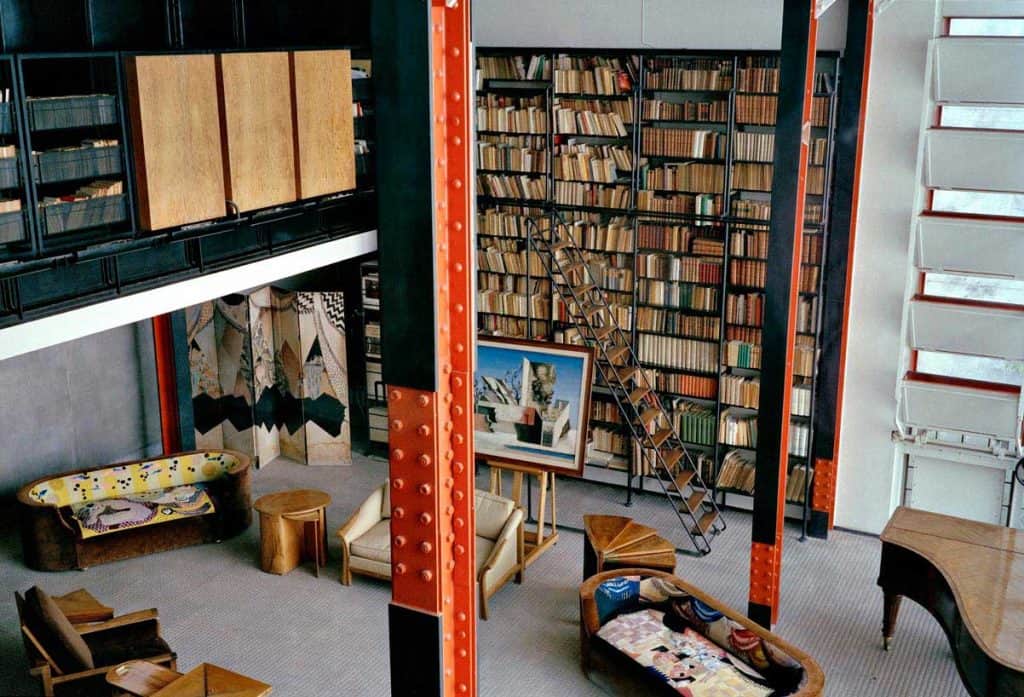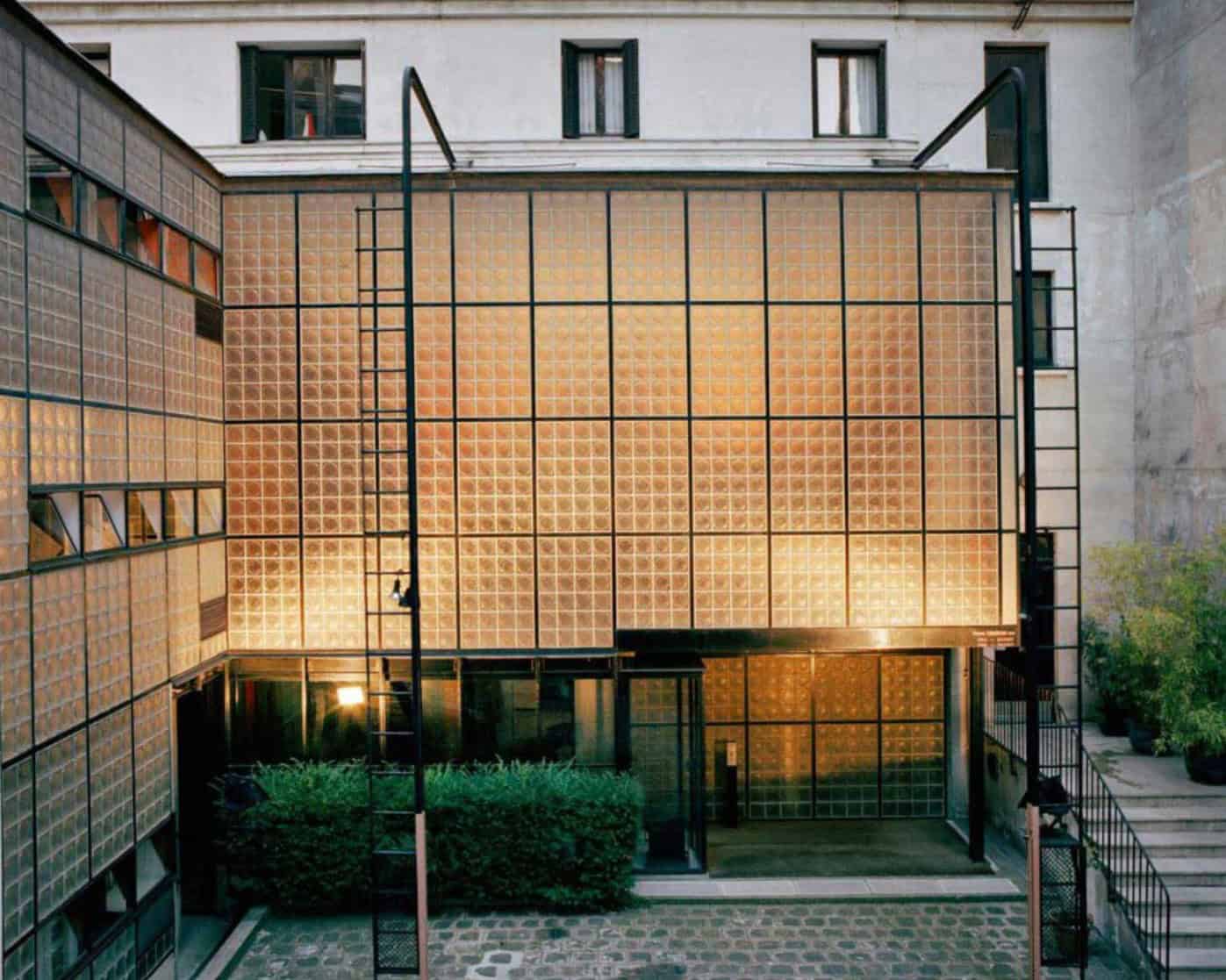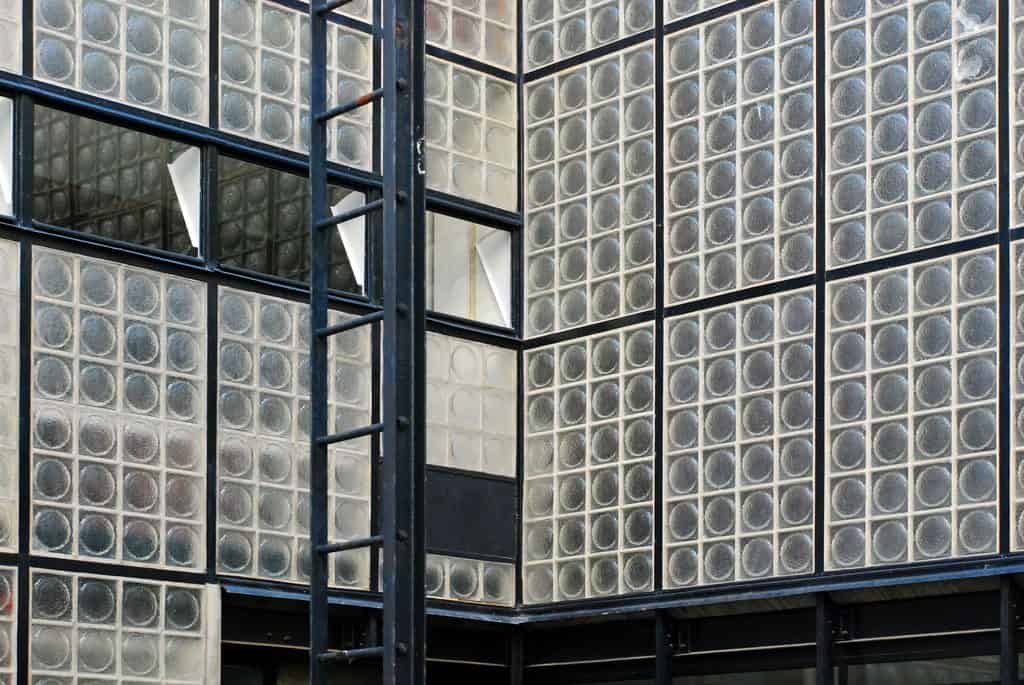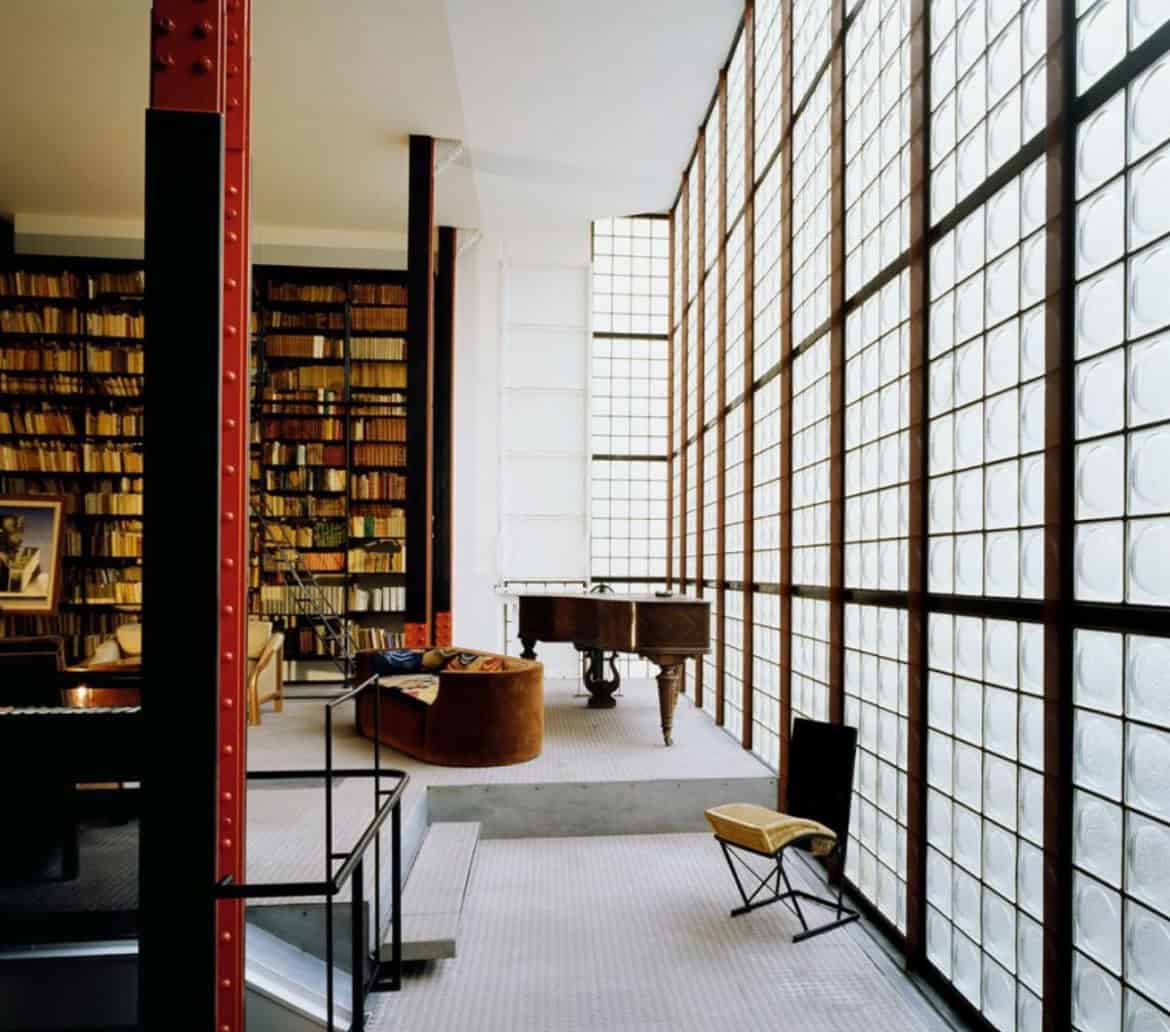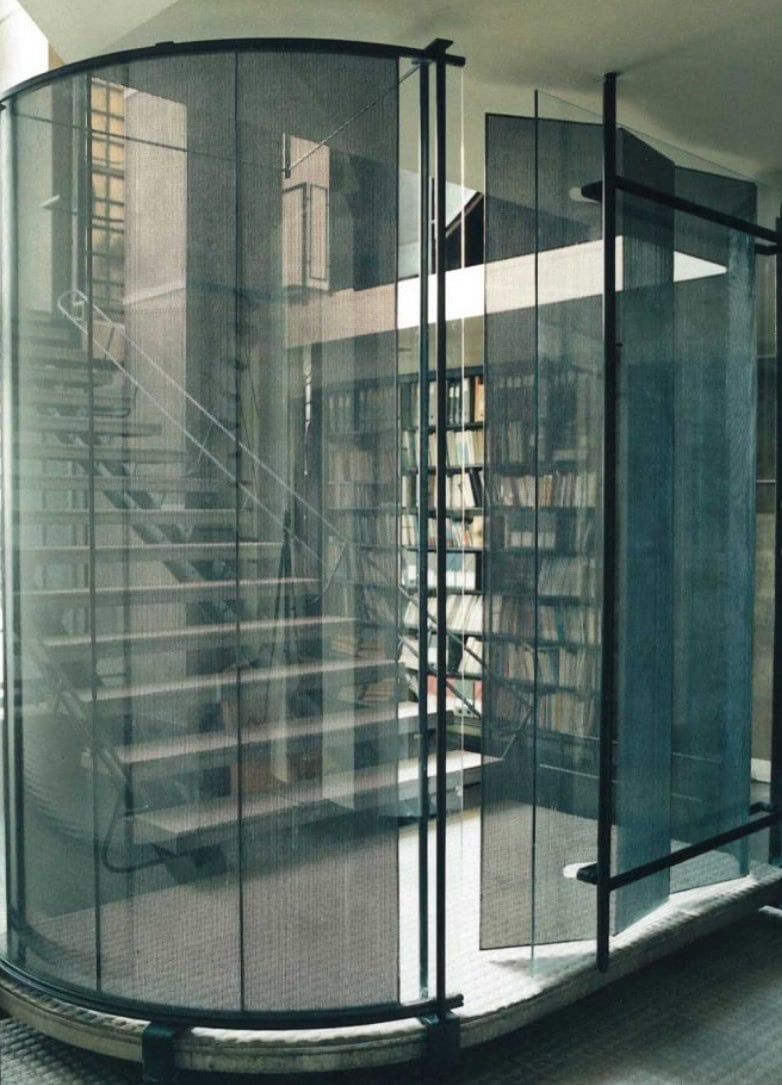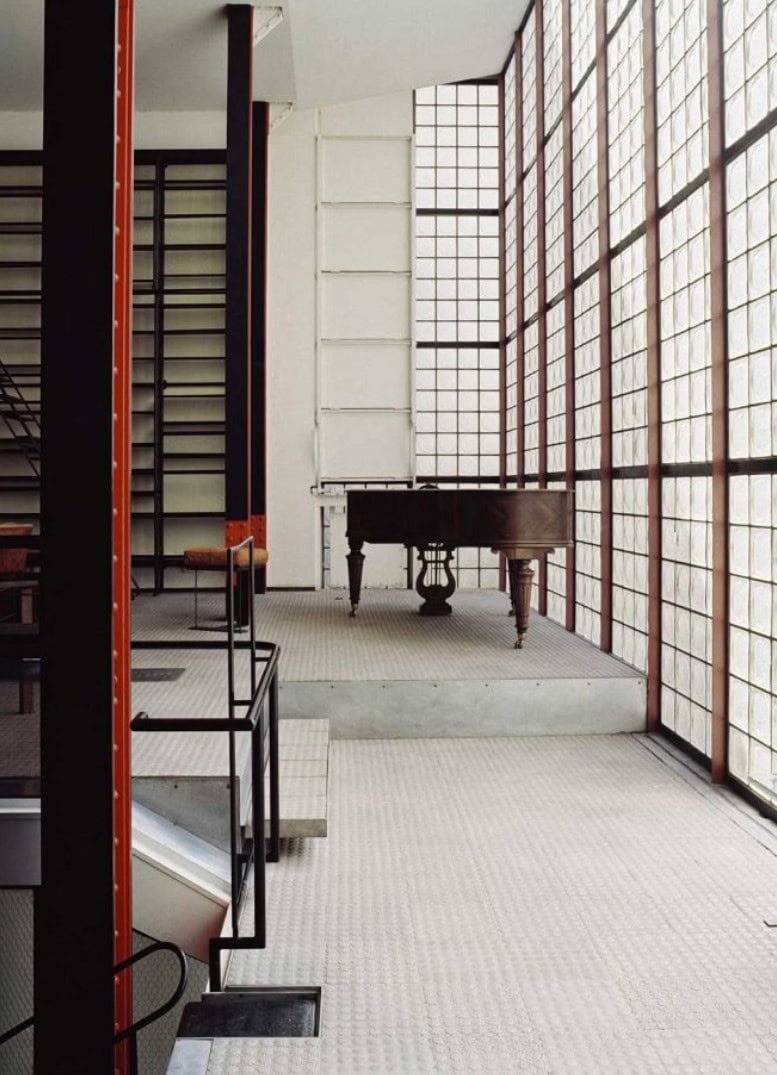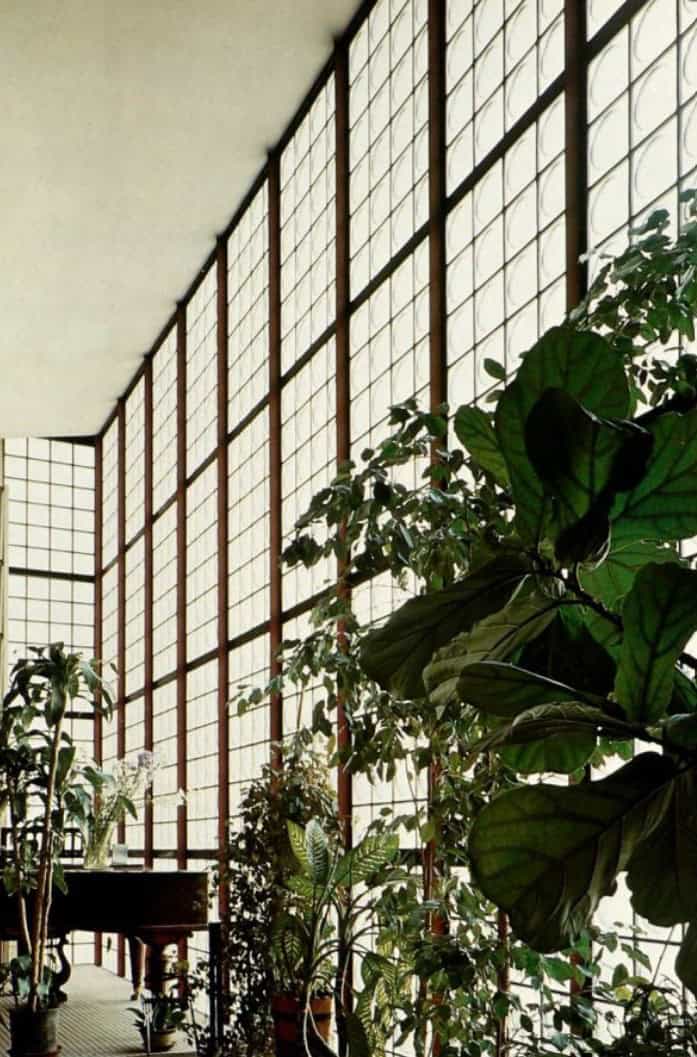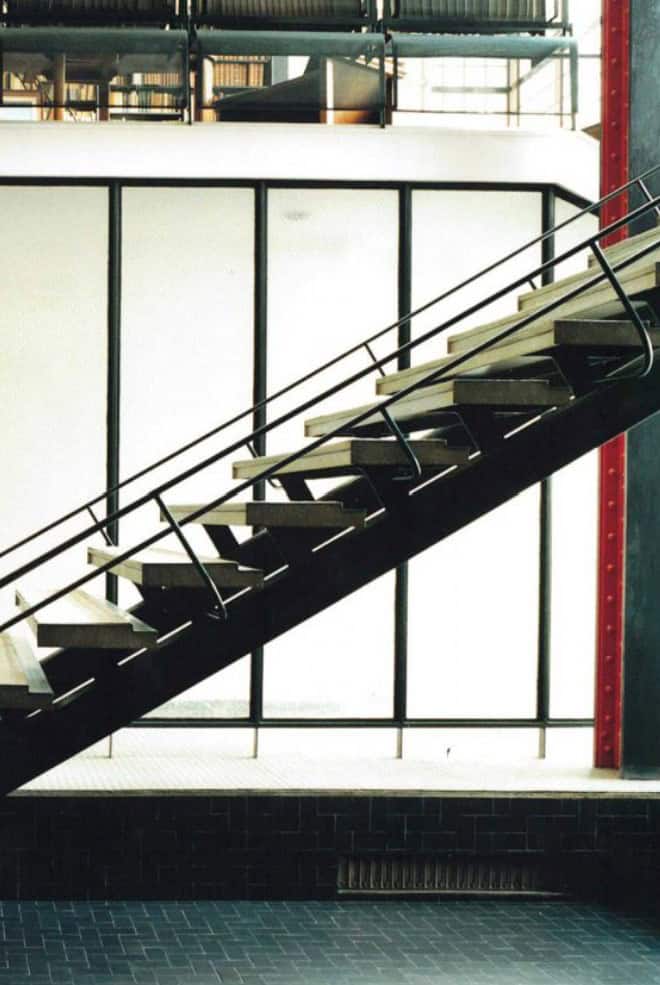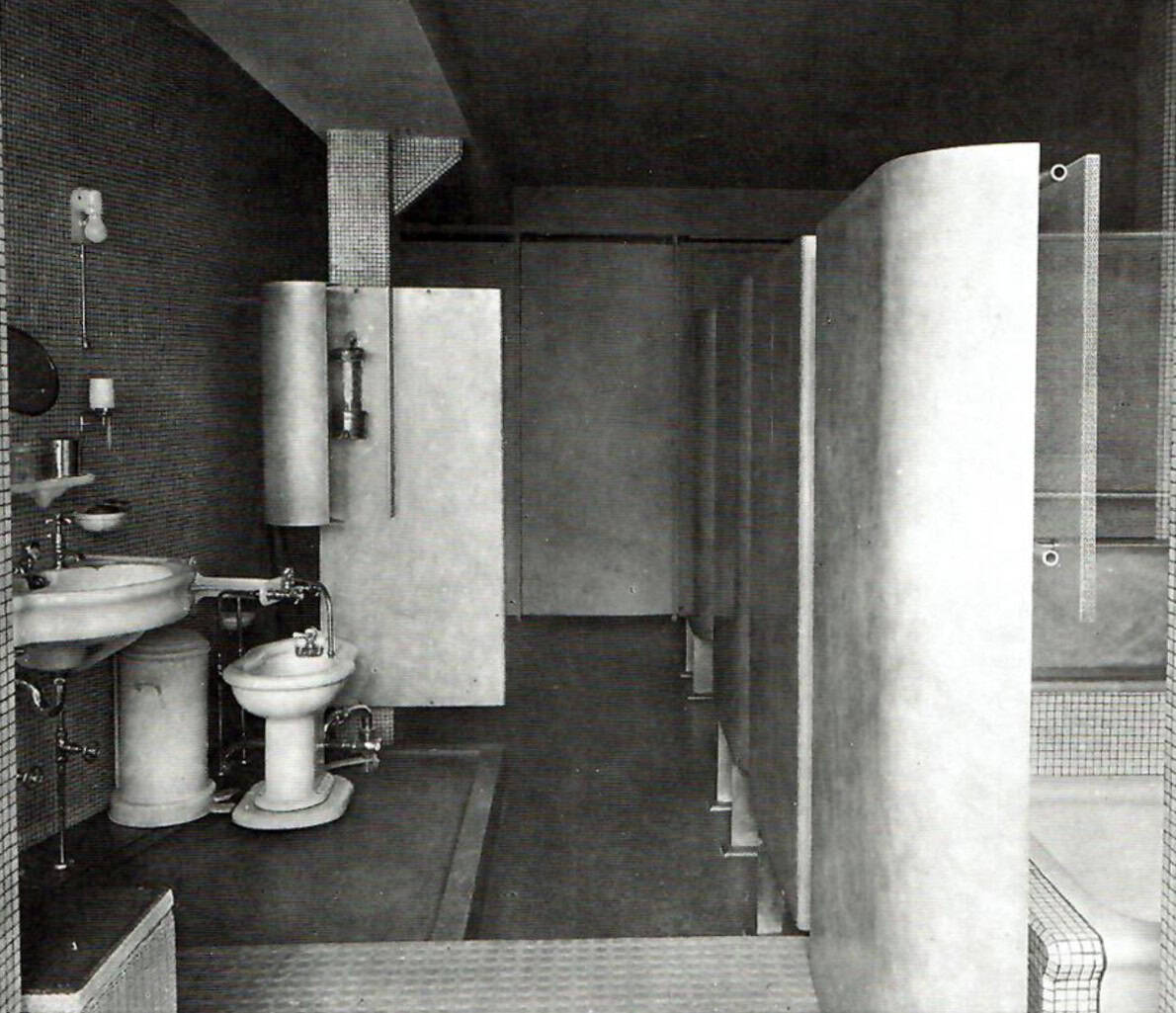Situated in the heart of Paris, France, Maison de Verre, or “House of Glass,” stands as an extraordinary emblem of early modern architecture.
Conceived by the ingenious minds of Bernard Bijvoet and Pierre Chareau, this 1932 masterpiece intertwines industrial innovation with classic home aesthetics.
Amidst its translucent façade lies a world of mechanical marvels and design intrigue, offering a glimpse into a bygone era’s futuristic vision.
1. Architectural Visionaries
Step into the minds of Bernard Bijvoet and Pierre Chareau, the creative architects behind Maison de Verre.
Their innovative design combined industrial aesthetics with traditional elements, creating a harmonious blend that was ahead of its time.
2. The Glass Façade
Maison de Verre’s stunning glass façade captures the essence of transparency and lightness.
Built with glass blocks, it allows natural light to permeate the interiors, creating an ever-changing dance of shadows and reflections.
3. Innovative Steel Construction
Utilizing a skeleton frame of steel, Maison de Verre epitomizes innovative construction techniques.
This approach enabled an open floor plan and the incorporation of lightweight materials, revolutionizing architectural design.
4. Uncommon Living Arrangement
An intriguing aspect of Maison de Verre is its unique living arrangement.
Designed under an existing apartment, it features a rotating screen to cleverly separate private and public spaces, maintaining privacy and functionality.
5. Mechanical Marvels
The house is a treasure trove of mechanical wonders.
From an overhead trolley system connecting the kitchen and dining room to retractable stairs, these features exemplify a blend of functionality and innovation.
6. Medical Suite of Dr. Dalsace
Located on the ground floor, the medical suite of Dr. Jean Dalsace adds an unexpected dimension to Maison de Verre.
It merges professional and domestic spaces in a seamless, yet functional manner.
7. Dynamic Spatial Division
Maison de Verre’s interior boasts dynamic spatial division.
Through sliding, folding, and rotating doors, spaces can be customized to meet the needs of its occupants, showcasing adaptability and modern design.
8. Material Honesty
The house champions material honesty, juxtaposing industrial elements with traditional décor.
This blend reveals the raw beauty of construction materials while maintaining an elegant domestic atmosphere.
9. Lighting and Ambiance
Lighting plays a pivotal role in Maison de Verre.
The interplay of glass blocks and carefully positioned fixtures creates a serene ambiance, transforming the interior into a sanctuary of light and shadows.
10. Historical Influence
Maison de Verre stands as a testament to its historical context.
Built during a transformative period, it captures the spirit of innovation and change, influencing countless architectural designs thereafter.

